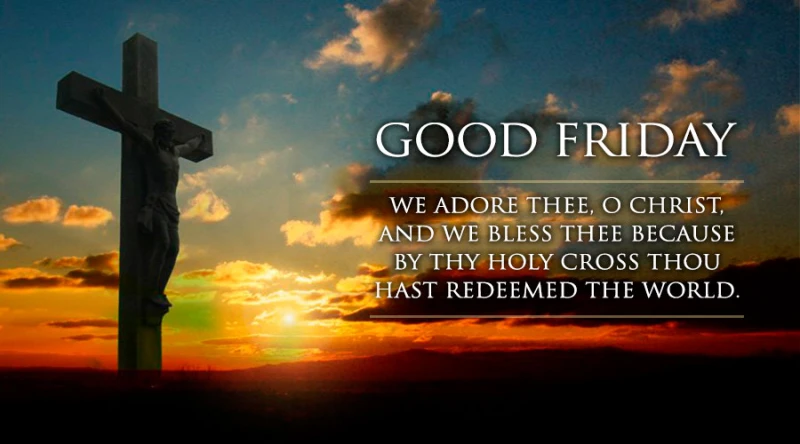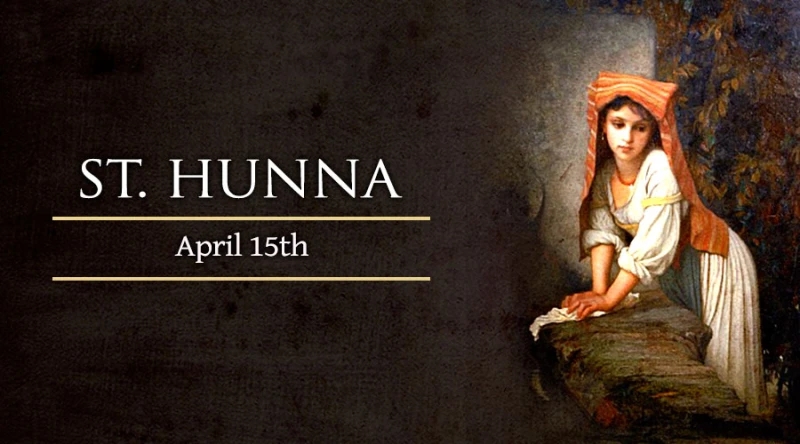Shortly after the breakup of the Beatles, George Harrison released a peppy little single entitled “What Is Life” — with no punctuation, so we don’t know for sure if it was a statement or a question. Music fans seemed to love it, as it became a top 10 hit in America. Today’s Gospel reading, from John, in which Jesus tells us both “I am the bread of life” and “For this is the will of my Father, that everyone who sees the Son and believes in him may have eternal life” has me thinking of Harrison’s song in terms of a question.
What is life? The secular world has a pretty limited answer to that. Life begins at birth and ends at death. It’s earthbound and centered on the individual in the here and now. That’s it. That’s all you get.
We Christians, however, reject that narrow view vehemently. The trouble is, the secular view is pervasive, and it has for years been encroaching on people’s understanding. The Catholic Church is clear: Life begins at conception. Earthly life ends at natural death. And the goal of this earthly life is to have everlasting life in union with God in heaven.
The secular view seems to be the easier view. Focus on this life, on the here and now, on myself. Dig a little deeper, and you get a more disturbing view. Unexpected pregnancy? No big deal — not born yet, not a life. Do you have something I want – land or things of monetary value? No big deal. I’ll trick you out of it, take it from you, fight you for it or start a war over it. If I’m focused on me, how can you matter?
Jesus tells his followers and the crowds throughout his ministry, that is not the way it’s supposed to be. God sent his only Son to show us the way to the Father: to love as the Father loves, to serve others as Jesus served. “Whoever comes to me will never hunger, and whoever believes in me will never thirst.” He is what we need. He will raise us on the last day. But we have to choose Him over ourselves.
In the George Harrison song, reading the lyrics lets you know it’s most likely a romantic song, not an existential treatise. But the chorus serves us in this reflection, too. He sings, “Tell me, what is my life without your love; tell me who am I without you by my side.”
Make the “love” the love of God, make the “you” Jesus. Life, then, is our relationship with our God and Savior. That’s where our fullness and completeness lie. That is the life waiting for us. What are we waiting for? Jesus says, “I will not reject anyone who comes to me.” Let’s run to Him, over and over and over again.
Poco después de que los miembros de los Beatles se separaron, George Harrison lanzó una pequeña canción alegre titulada “What Is Life”(Que es la vida), sin puntuación, por lo que no sabemos con certeza si fue una afirmación o una pregunta. A los fanáticos de la música pareció encantarles, ya que se convirtió en una de las 10 primeras canciones más exitosas en Estados Unidos. La lectura del Evangelio de hoy, de Juan, en la que Jesús nos dice “Yo soy el pan de vida” y “La voluntad de mi Padre consiste en que todo el que vea al Hijo y crea en él, tenga vida eterna ” me hace pensar en la canción de Harrison en términos de una pregunta.
¿Qué es la vida? El mundo seglar tiene una respuesta bastante limitada a eso. La vida comienza con el nacimiento y termina con la muerte. Está ligado a la tierra y centrado en el individuo en el aquí y ahora. Eso es todo. Es todo lo tienes.
Nosotros los cristianos, sin embargo, rechazamos con vehemencia esa visión estrecha. El problema es que la visión secular está omnipresente y durante años ha estado invadiendo la comprensión de la gente. La Iglesia Católica es clara: la vida comienza en la concepción. La vida terrenal termina con la muerte natural. Y la meta de esta vida terrenal es tener vida eterna en unión con Dios en el cielo.
La visión seglar parece ser la más fácil. Concentrarme en esta vida, en el aquí y ahora, en mí mismo. Si profundizas un poco más, tendrás una vista más inquietante. ¿Has salido embarazada inesperadamente? No es gran cosa: aún no ha nacido así que no tiene vida. ¿Alguien tiene algo que quieres: tierras o cosas de valor monetario? No es gran cosa. Te sacaré de esto, te lo quitaré, pelearé por ello o comenzaré una guerra por ello. Si estoy concentrado en mí mismo, no me importas.
Jesús les dice a sus seguidores y a las multitudes a lo largo de su ministerio que así no es como se supone que debe ser. Dios envió a su único Hijo para mostrarnos el camino hacia el Padre: amar como ama el Padre, servir a los demás como sirvió Jesús. “El que viene a mí no tendrá hambre, y el que cree en mí nunca tendrá sed.” Él es lo que necesitamos. Él nos resucitará en el último día. Pero tenemos que elegirlo a Él antes que a nosotros mismos.
En la canción de George Harrison, leer la letra te permite saber que lo más probable es que sea una canción romántica, no un tratado existencial. Pero el coro también nos sirve en esta reflexión. Él canta: “Dime, ¿qué es mi vida sin tu amor? dime quién soy yo sin ti a mi lado.”
Haz que el “amor” sea el amor de Dios, haz de que el “tú” sea Jesús. La vida, entonces, es la relación que tenemos con nuestro Dios y Salvador. Ahí es donde reside nuestra realización y plenitud. Esa es la vida que nos espera. ¿Qué estamos esperando? Jesús dice: “al que viene a mí yo no lo echaré fuera”. Así que, corramos hacia Él, una y otra vez.
 Mike Karpus is a regular guy. He grew up in Michigan’s Upper Peninsula, graduated from Michigan State University and works as an editor. He is married to a Catholic school principal, raised two daughters who became Catholic school teachers at points in their careers, and now relishes his two grandchildren, including the older one who is fascinated with learning about his faith. He also has served on a Catholic school board, a pastoral council and a parish stewardship committee. He currently is a lector at Mass, a Knight of Columbus, Adult Faith Formation Committee member and a board member of the local Habitat for Humanity organization. But mostly he’s a regular guy.
Mike Karpus is a regular guy. He grew up in Michigan’s Upper Peninsula, graduated from Michigan State University and works as an editor. He is married to a Catholic school principal, raised two daughters who became Catholic school teachers at points in their careers, and now relishes his two grandchildren, including the older one who is fascinated with learning about his faith. He also has served on a Catholic school board, a pastoral council and a parish stewardship committee. He currently is a lector at Mass, a Knight of Columbus, Adult Faith Formation Committee member and a board member of the local Habitat for Humanity organization. But mostly he’s a regular guy.
Feature Image Credit: Greg Rakozy, unsplash.com/photos/silhouette-photography-of-person-oMpAz-DN-9I

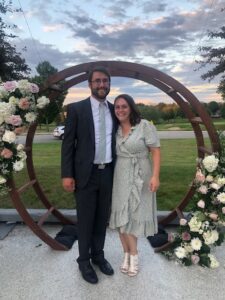 Heather Orlowski and her husband are busy parents of two little girls (ages 2 and 4). The Catholic Church holds a special place in her heart and in her entire life. She attended Catholic schools from Kindergarten through college. She graduated from Aquinas College with a degree in Elementary/Special Education. Catholic Education is very important to her and she now teaches 1st and 2nd grades at St. Therese Catholic School. In her free time, she loves creating memories with her family and watching her little girls play soccer.
Heather Orlowski and her husband are busy parents of two little girls (ages 2 and 4). The Catholic Church holds a special place in her heart and in her entire life. She attended Catholic schools from Kindergarten through college. She graduated from Aquinas College with a degree in Elementary/Special Education. Catholic Education is very important to her and she now teaches 1st and 2nd grades at St. Therese Catholic School. In her free time, she loves creating memories with her family and watching her little girls play soccer. 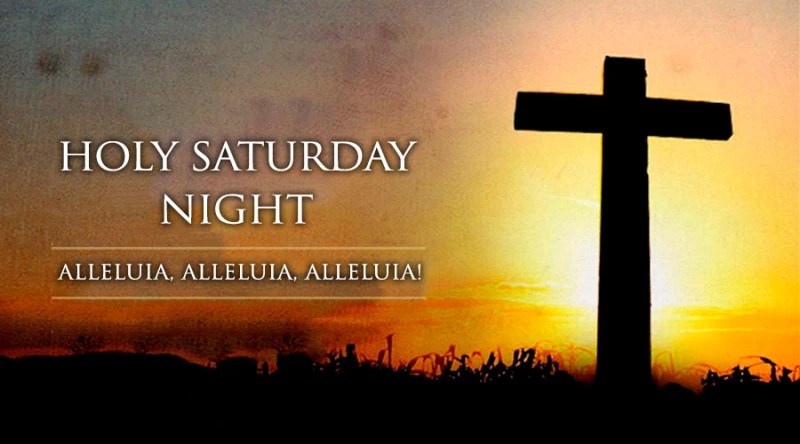
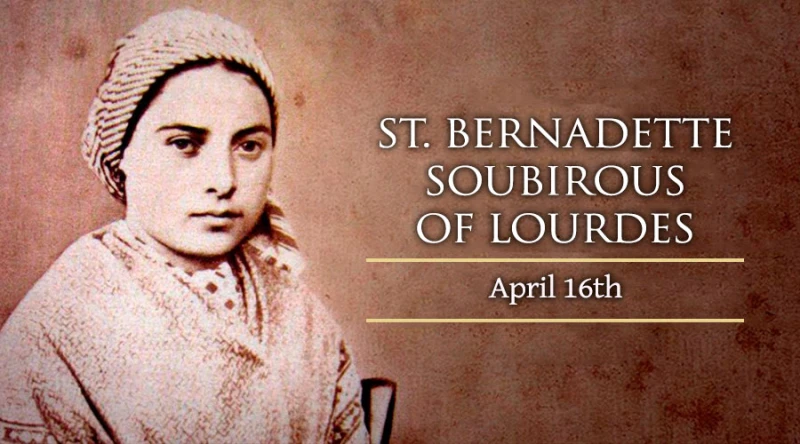
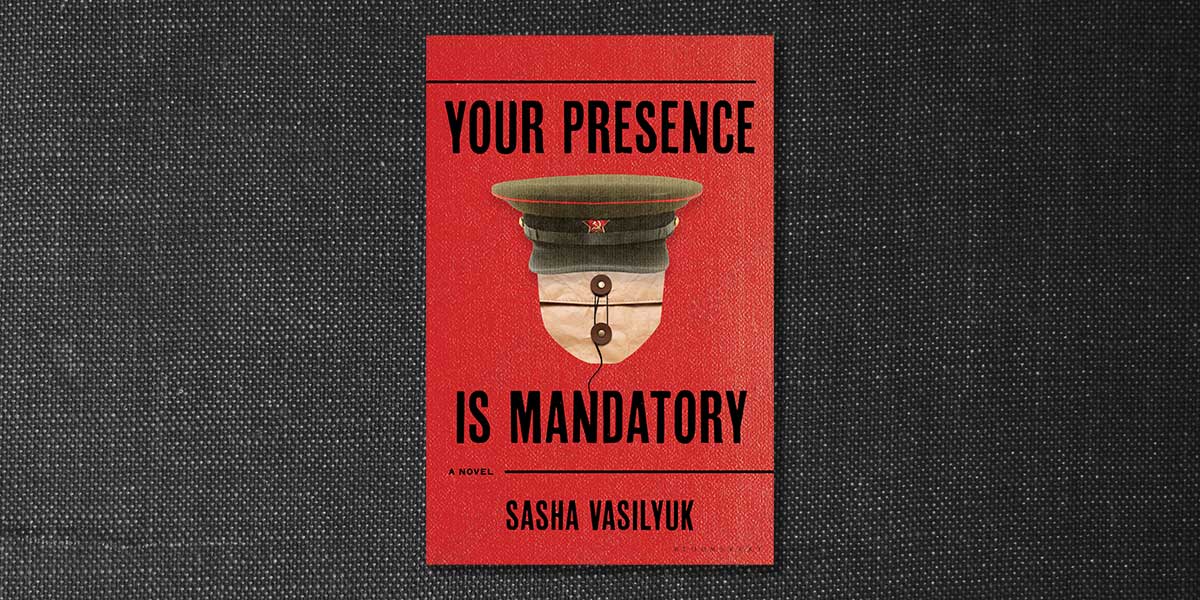

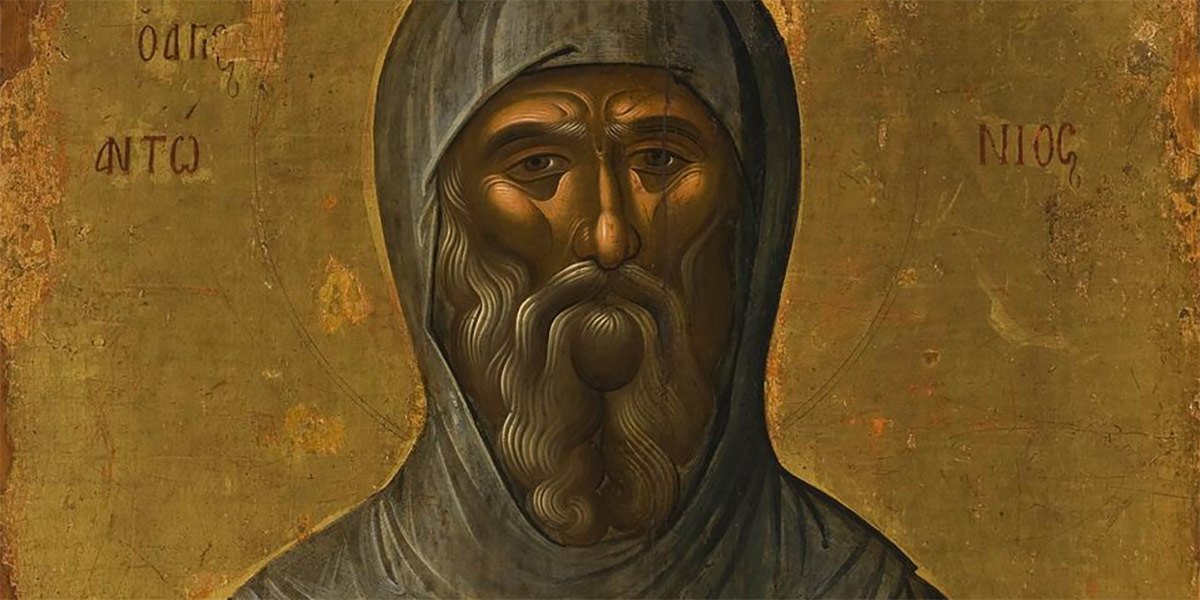
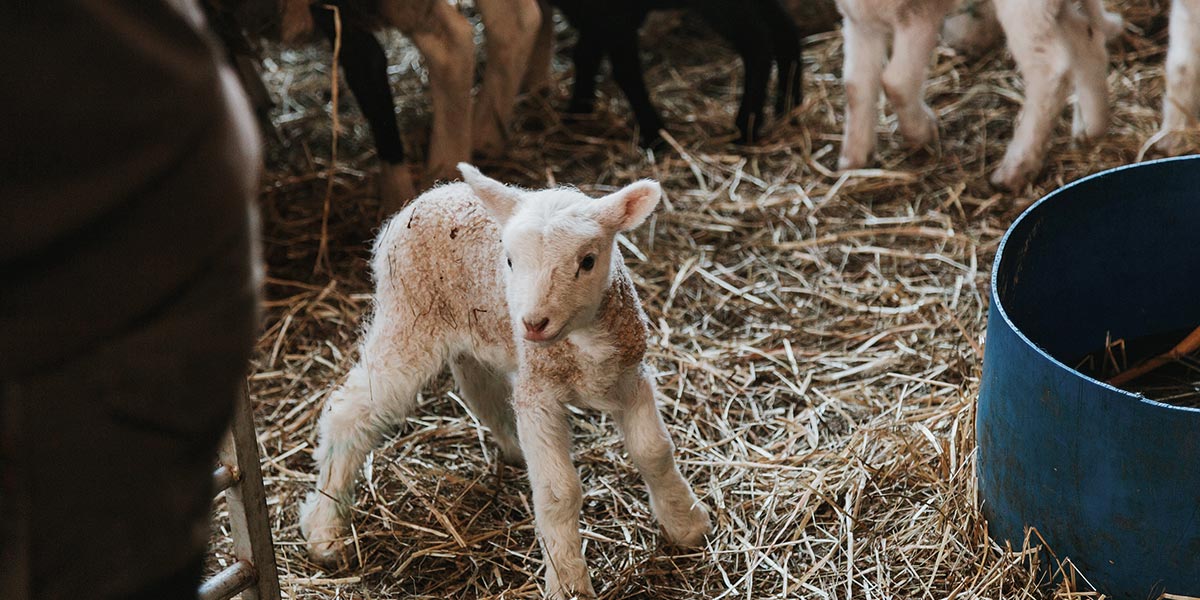

 David Dashiell is a freelance author and editor in Nashville, Tennessee. He has a master’s degree in theology from Franciscan University, and is the editor of the anthology
David Dashiell is a freelance author and editor in Nashville, Tennessee. He has a master’s degree in theology from Franciscan University, and is the editor of the anthology 